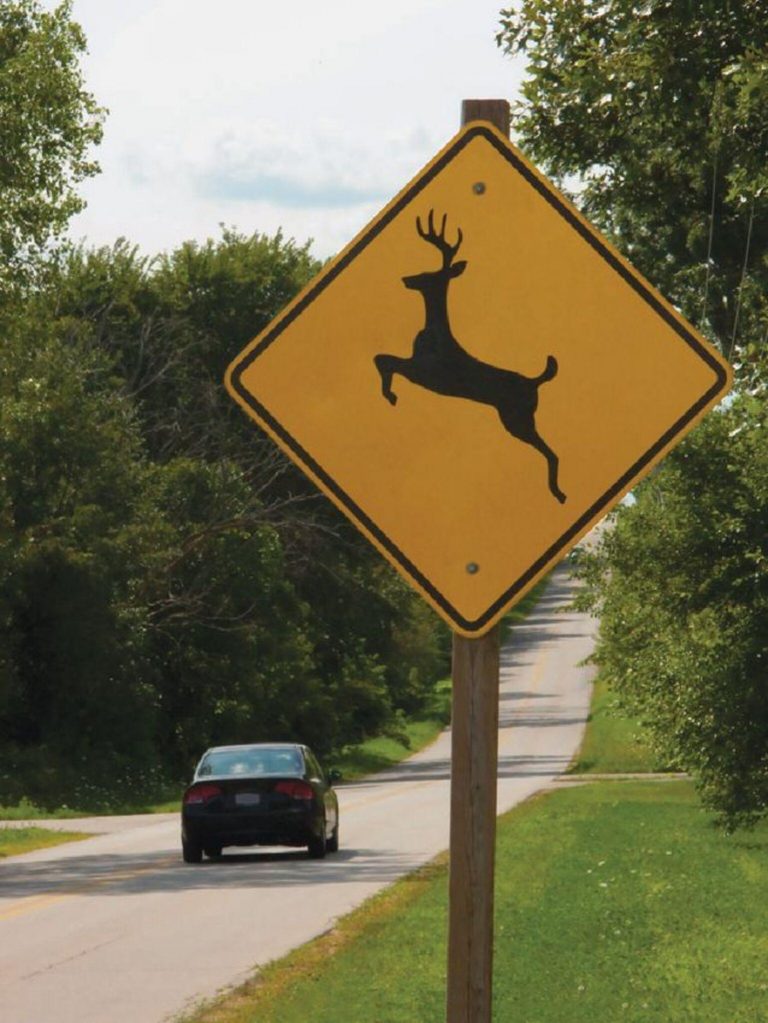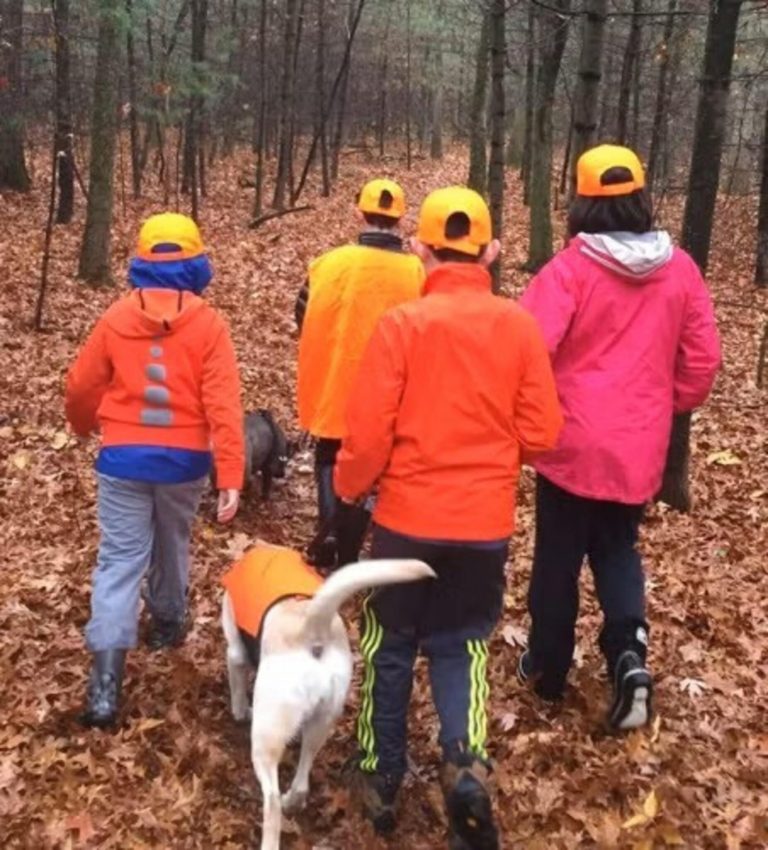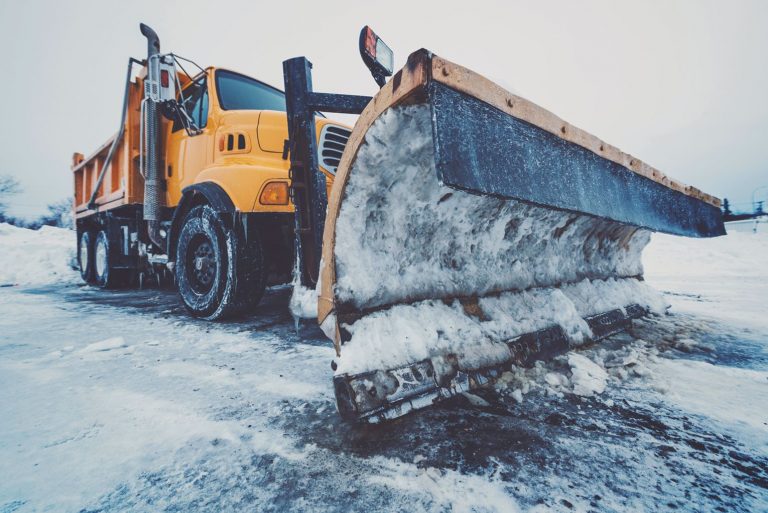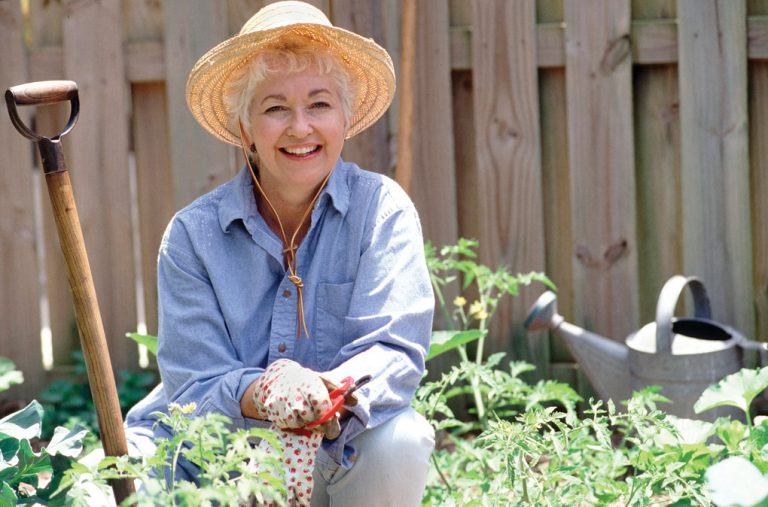Both the Missouri State Highway Patrol and the Missouri Department of Conservation are cautioning drivers to watch for deer, which are more active this time of the year, especially during evening and nighttime hours.
Deer behavioral changes will be occurring due to mating season, which may cause an increase in roadway crossings. Hunting and crop harvesting may result in these animals being in places they aren’t usually seen. Drivers are urged to remain alert, per press releases from MSHP and MDC.
When deer are seen, slow down and proceed with caution. Deer often travel in groups — stay on guard after a close call or when you see one deer. Natural features also affect deer movement. In areas where there are streams or wooded corridors surrounded by farmland, more deer may be present to cross roadways. Remember: Rural areas are not the only place where deer/vehicle strikes occur.
In 2024 21.1% of the traffic crashes involving deer happened in urban areas.
Last year, Missouri had 2,951 traffic crashes where deer-vehicle strikes occurred. One deer strike occurred every 2.98 hours in the state. In these crashes, four people were killed and 420 injured.
The majority of deer strike crashes occur from October through December each year, with the largest number taking place in November. The majority of deer strikes occur from 8 p.m. through 9 p.m. The Missouri State Highway Patrol reminds drivers that an attempt to avoid striking a deer could result in a more serious crash involving oncoming traffic. Stay alert and make sure you and the occupants of your vehicle buckle up.
October and November are peak months for deer to be on the move, and the Missouri Department of Transportation is reminding drivers to be prepared and not drive distracted.
Deer are most active at dawn and dusk, and do unpredictable things, such as stopping in the middle of the road when crossing. A deer that is calmly standing on the side of the road may suddenly leap into traffic.
MoDOT offers the following safety tips for avoiding collisions with deer:
• Always wear your seat belt;
• Control your speed, stay alert and avoid distractions;
• Don’t swerve to avoid hitting a deer. Swerving can cause motorists to lose control and travel off the road or into oncoming traffic;
• Deer rarely travel alone. Slow down and keep an eye out for more deer. If a deer crosses the road in front of you, there is a good chance another deer will be following it;
• Don’t follow too closely. Remember: the driver in front of you might have to stop suddenly to avoid hitting a deer.
MoDOT maintenance crews address any animal or debris that poses a safety hazard, meaning the item is in the driving lanes. Individuals can report an animal carcass in the roadway to MoDOT by calling 888-ASK-MODOT (275-6636) or by visiting www.modot.org/report-road-concern.




